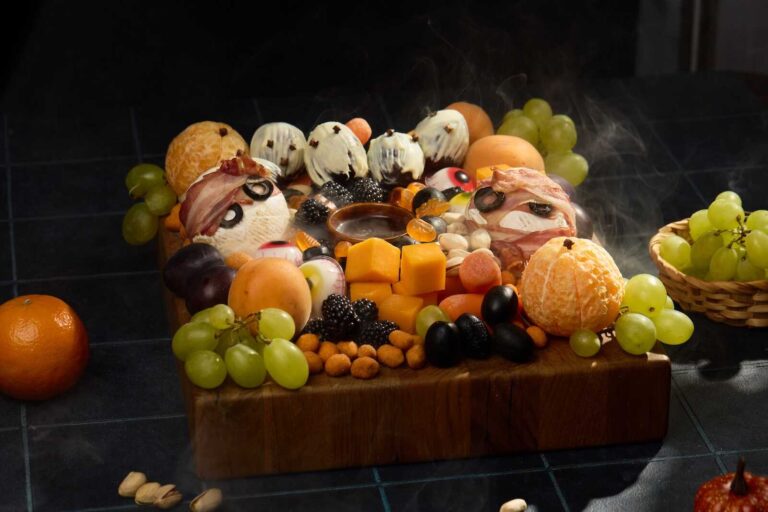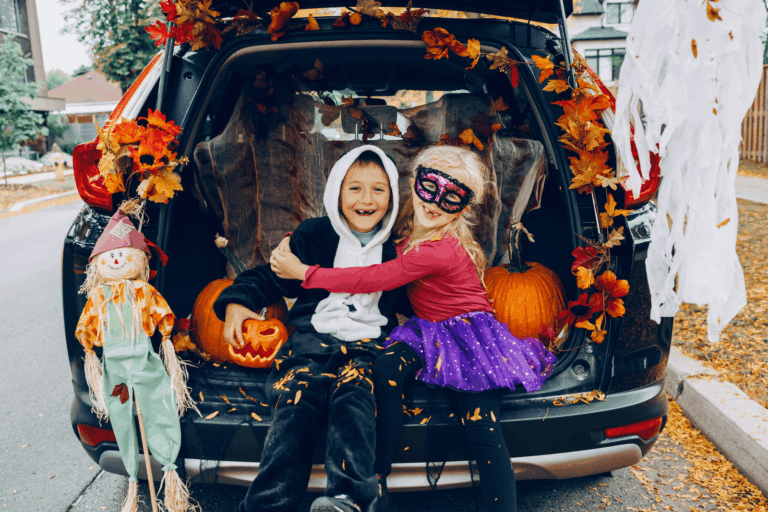Trick-or-Treating Safety Guide for Kids – Keep Halloween Fun and Safe
Halloween is one of the most exciting nights of the year for kids—costumes, candy, friends, and the magic of trick-or-treating after dark. But as much fun as it is, Halloween also comes with unique safety concerns. Busy streets, dark neighborhoods, and large groups of kids can be a recipe for trouble if precautions aren’t taken.
This trick-or-treating safety guide for kids is designed to help parents prepare for a night that’s not only memorable but also safe. We’ll cover everything from costume safety and candy checks to stranger awareness and road safety tips—so you can focus on the fun without worrying about the risks.
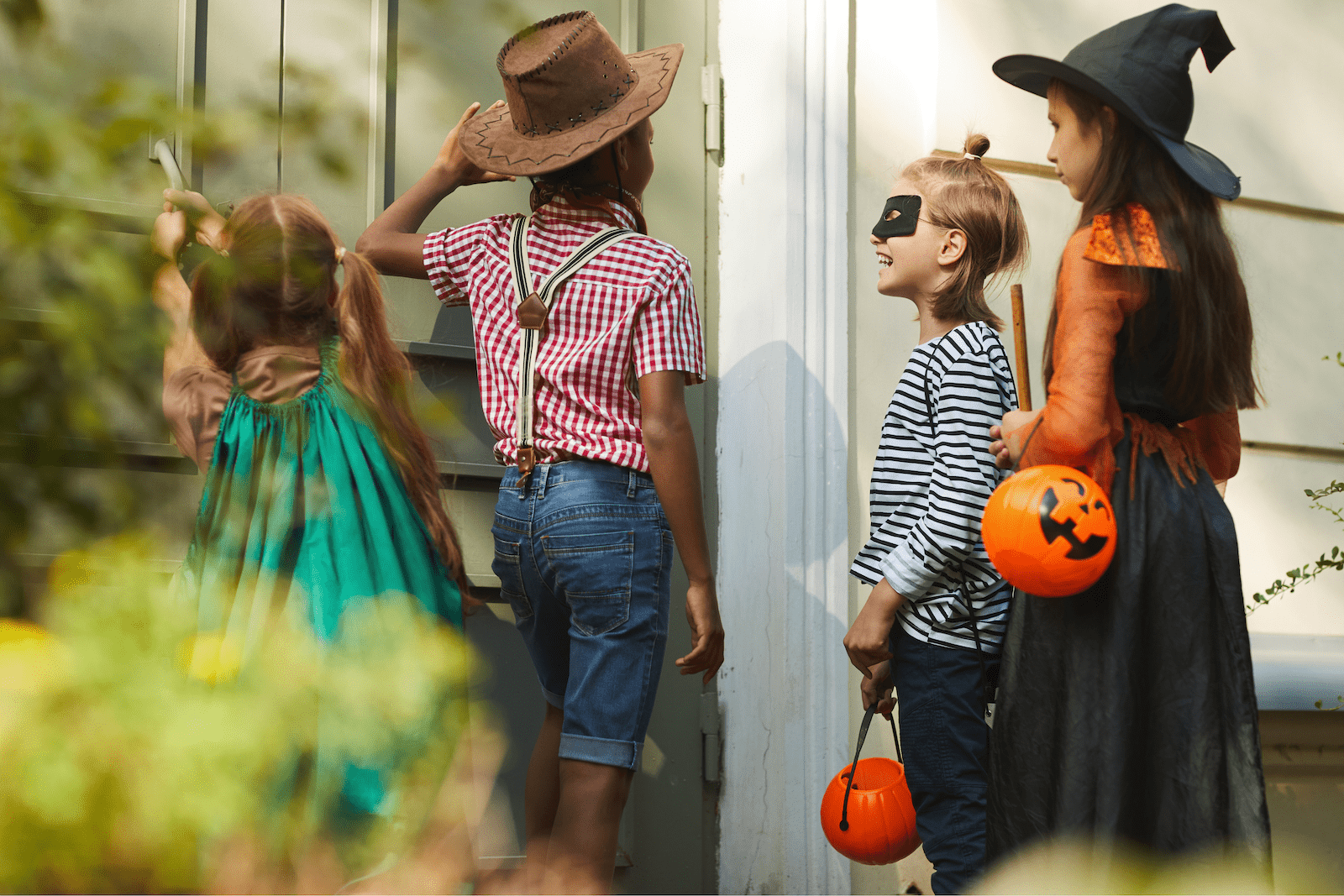
Plan Your Trick-or-Treating Route in Advance
Before you head out, decide on your route. Choose well-lit streets with sidewalks, and avoid shortcuts through alleys, wooded areas, or poorly lit neighborhoods. Sticking to familiar streets can help reduce the risk of kids getting lost.
Tips for route planning:
- Use a map app to outline the streets you’ll cover.
- Share the plan with older kids in case you get separated.
- Select neighborhoods known for participating in Halloween festivities—look for houses with decorations and lights on.
- If possible, trick-or-treat earlier in the evening to avoid the heaviest traffic.
Pro tip: Some towns and neighborhoods host community trick-or-treat events in shopping centers, parks, or community halls, which can be a safer alternative for younger children.
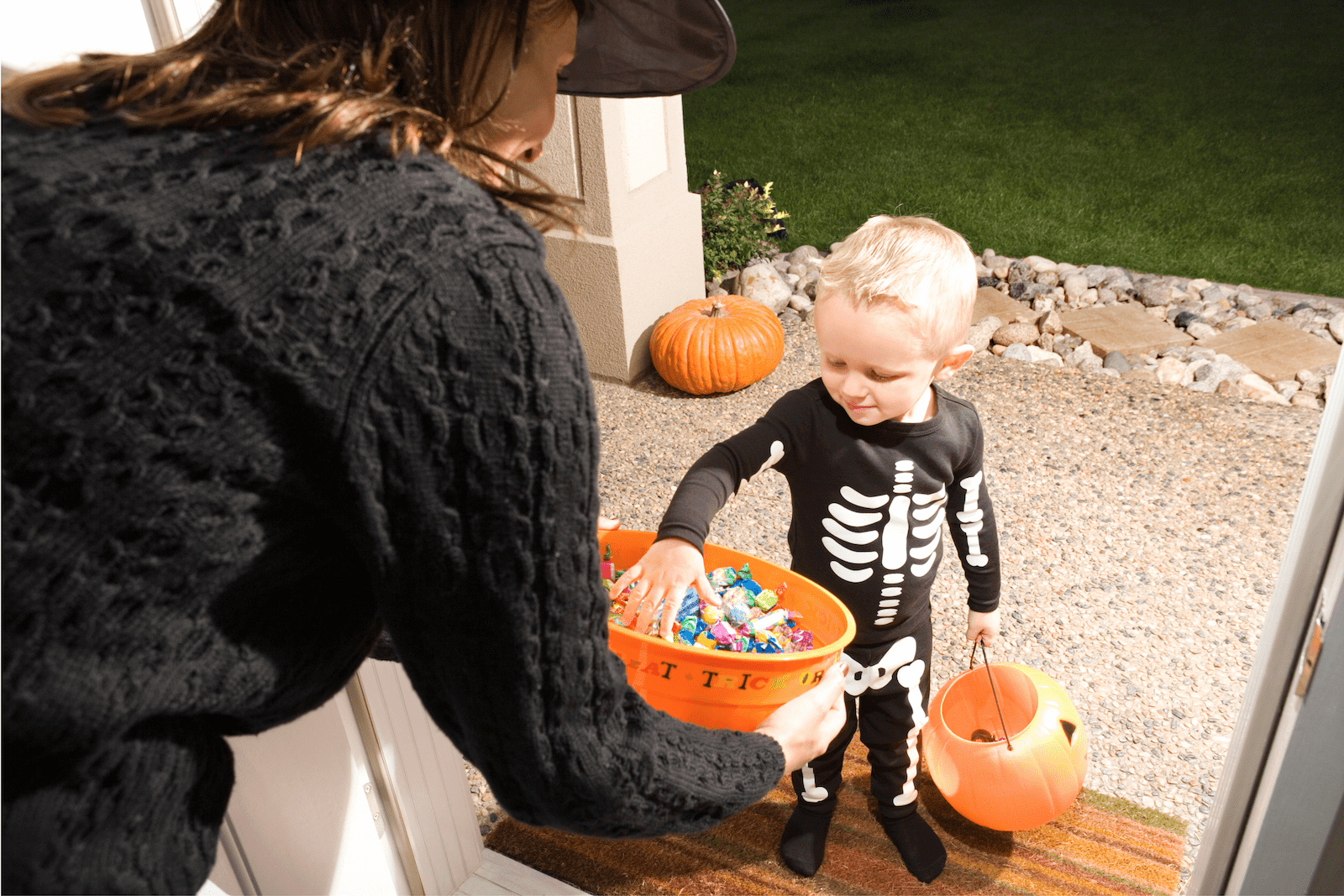
Costume Safety: Fun, Comfortable, and Visible
The right costume is key for a safe night. Costumes that are too long, too loose, or limit vision can cause accidents.
Checklist for a safe Halloween costume:
- Length: Hem costumes so they don’t drag on the ground to prevent tripping.
- Fit: Avoid oversized shoes, masks that block vision, or loose accessories that can snag.
- Visibility: Choose bright or reflective materials, or add reflective tape to costumes and treat bags.
- Comfort: Make sure the costume is warm enough for the weather, but not so heavy it overheats the child.
- Face Paint Over Masks: Masks can limit vision, especially peripheral vision, so face paint is a safer choice.
Extra safety tip: Glow-in-the-dark face paint or reflective stickers not only add flair but also make kids more visible to drivers.
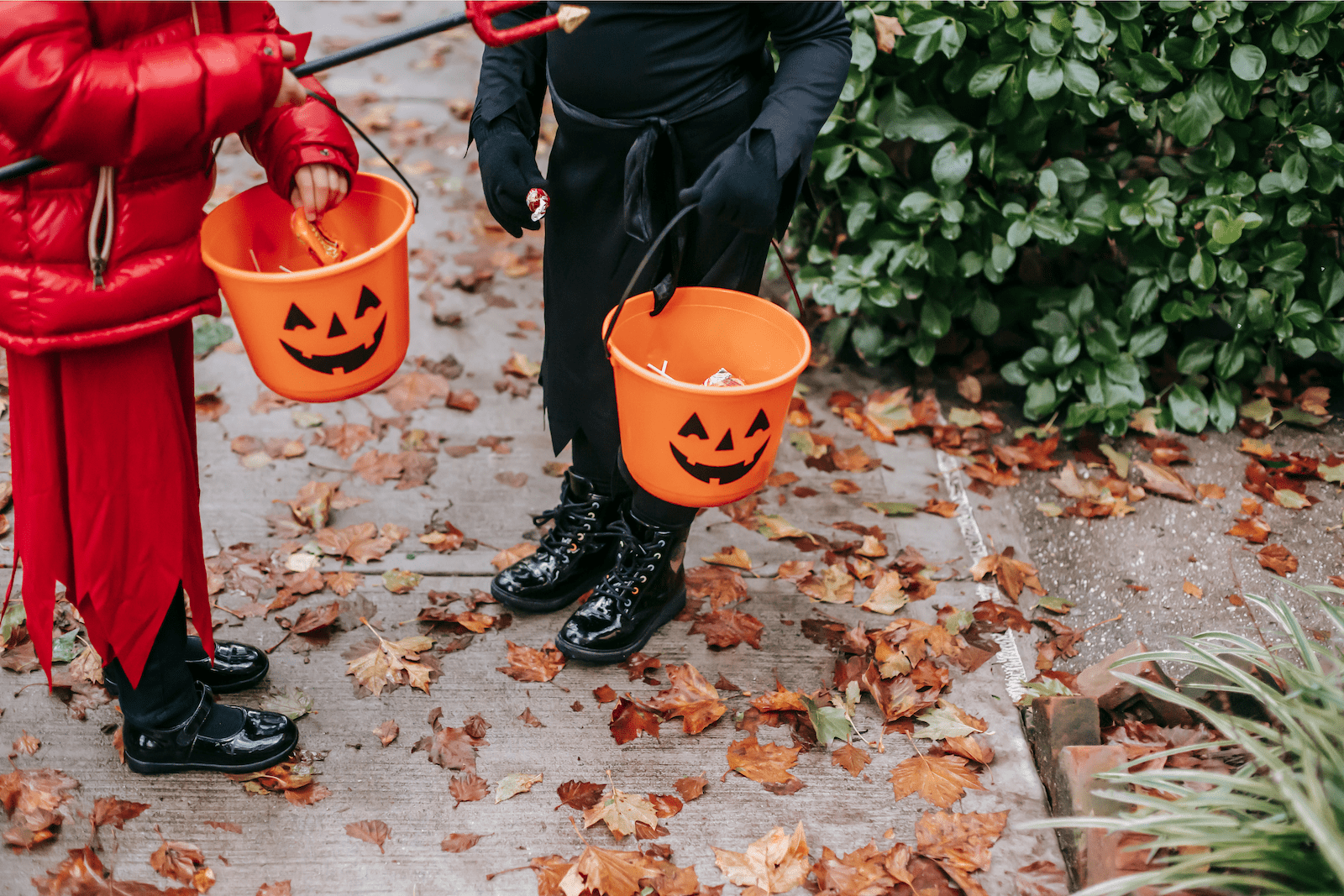
Lighting and Visibility After Dark
Most trick-or-treating happens at dusk or after sunset, so visibility is critical for safety.
How to make your child more visible:
- Give them a flashlight or clip-on LED light.
- Use glow sticks, glow bracelets, or necklaces.
- Add reflective tape to costumes, treat bags, or shoes.
Drivers may not expect children in the road at night, so extra visibility can prevent accidents.
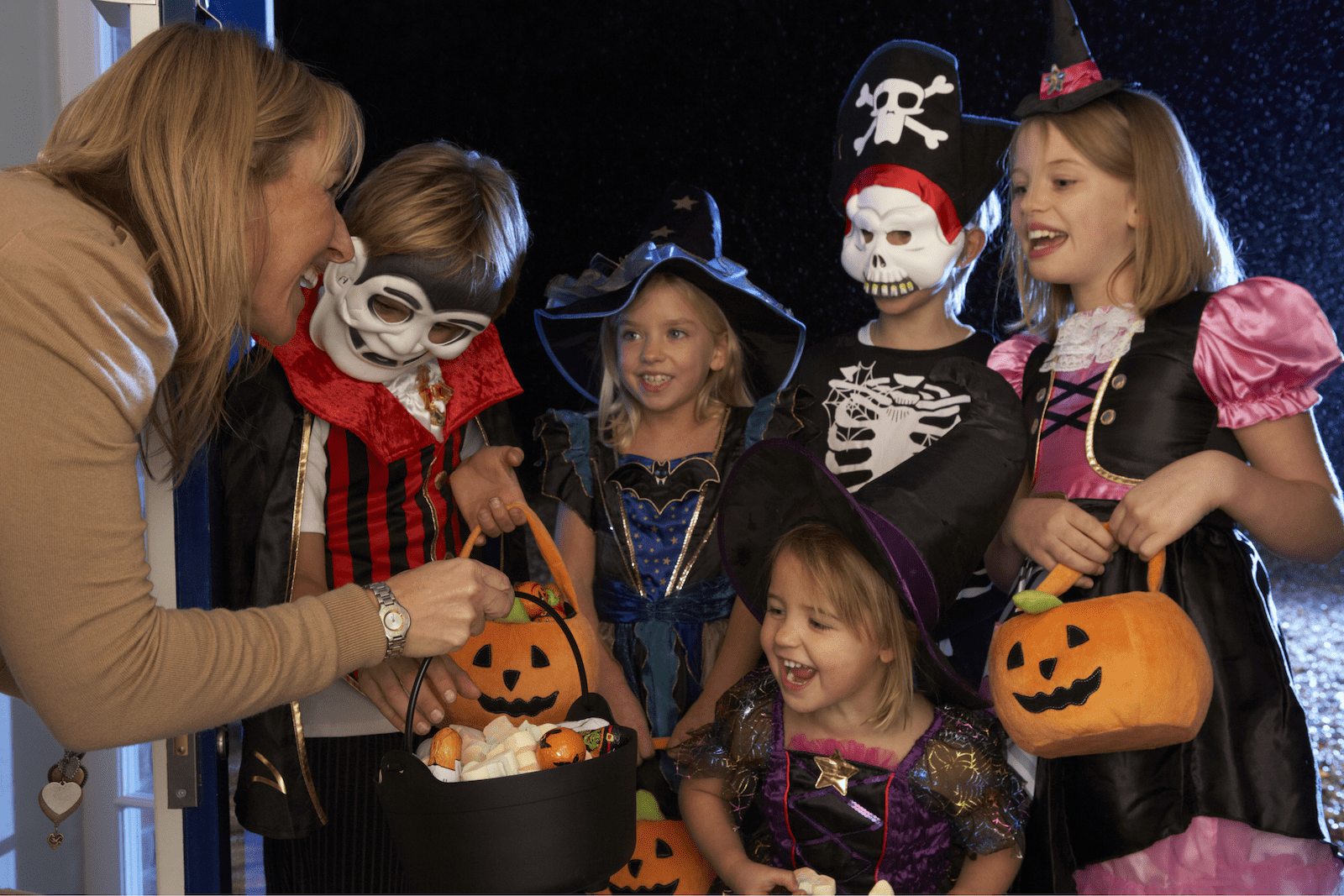
Road Safety Rules for Trick-or-Treating
Halloween night often means more foot traffic and cars on the road. Teach kids the same rules you’d use for crossing the street any other day—then repeat them before heading out.
Road safety reminders:
- Always cross at crosswalks or corners, never between parked cars.
- Look both ways before crossing and make eye contact with drivers.
- Walk, don’t run, across streets.
- Stay on sidewalks whenever possible. If no sidewalks are available, walk facing traffic and keep as far left as possible.
- Avoid distractions—phones and candy sorting can wait until you’re safely out of the street.

Stranger Safety: Friendly, but Cautious
Halloween is the one night when kids are encouraged to approach strangers’ homes, but safety rules still apply.
Teach kids:
- Only go to homes with lights on and decorations up.
- Never enter a stranger’s home or car for candy.
- Stay with their group—no wandering off alone.
- If something feels off, skip that house and move on.
Parents’ role: If your children are old enough to trick-or-treat without you, make sure they have a fully charged cell phone and know how to call for help if needed.
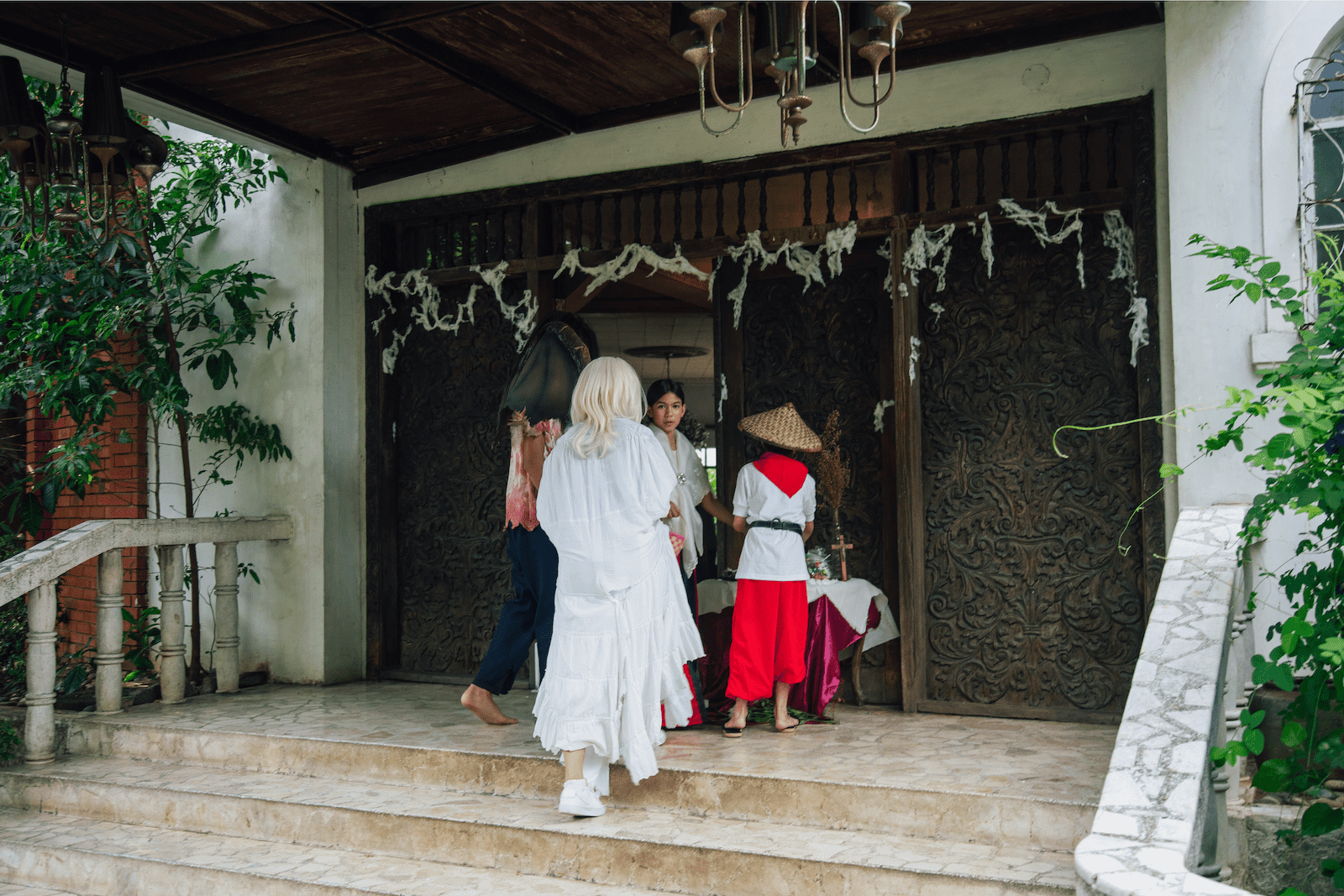
Group Safety: Buddy System and Adult Supervision
The buddy system is essential. Kids should always trick-or-treat in groups, and younger children should have a responsible adult with them.
Guidelines for different ages:
- Ages 0–8: Always accompanied by a parent or guardian.
- Ages 9–12: Can go in a group with trusted friends if parents are nearby in the neighborhood.
- Ages 13+: May be allowed to go with friends but must check in regularly via text or calls.
The larger the group, the more visible they are to drivers—and the more fun they’ll have together.
Candy Safety: Check Before Eating
One of the most important Halloween safety steps happens after the trick-or-treating is done—checking the candy.
Parents should:
- Discard any candy that is unwrapped, has torn packaging, or looks suspicious.
- Be cautious with homemade treats unless they’re from someone you know well.
- Check for potential choking hazards for younger children, such as gum or hard candy.
- Separate candy containing allergens like peanuts if your child has allergies.
Pro tip: Feed kids a healthy dinner before trick-or-treating so they’re less tempted to snack on candy before you’ve inspected it.

Weather Preparedness: Dress for the Conditions
Halloween weather can be unpredictable—cold winds, rain, or even snow in some areas.
Weather safety tips:
- Layer costumes over warm clothing if needed.
- Bring an umbrella or poncho for rainy weather.
- Wear comfortable shoes that are already broken in.
- Avoid open-toed shoes or sandals to prevent stubbed toes in the dark.
Safety for Homes Handing Out Candy
If you’re on the other side of the door, keep visiting kids safe too.
For homeowners:
- Keep walkways well-lit and free of obstacles.
- Secure pets indoors during trick-or-treating hours.
- Avoid open flames in pumpkins—use LED candles instead.
- Hand out age-appropriate treats (avoid small choking hazards for toddlers).
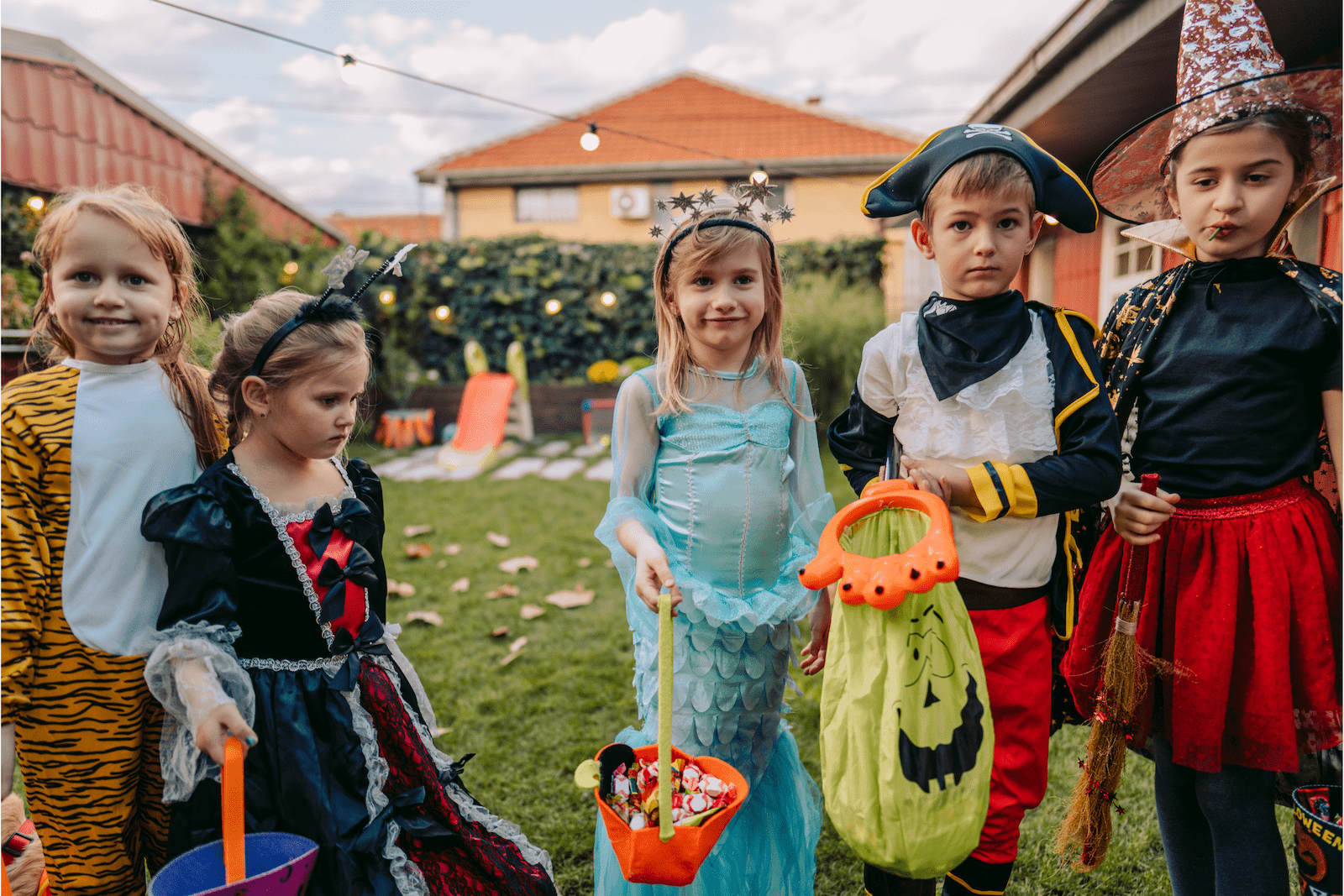
Safety Tips for Kids with Special Needs
Halloween can be overwhelming for children with sensory sensitivities, mobility challenges, or other special needs.
Tips for a safe, inclusive Halloween:
- Choose costumes made from comfortable fabrics without scratchy seams.
- Plan a shorter route or take breaks as needed.
- Attend sensory-friendly trick-or-treat events hosted by local organizations.
- Use a wheelchair-friendly trick-or-treat bag or bucket.
Technology and Safety Apps
Smartphones can add a layer of safety for older kids.
Helpful tech tools:
- GPS tracking apps so parents can see their child’s location.
- Group messaging apps for check-ins.
- Emergency contact list stored in the phone.
Teach “No Candy Left Behind” Rules
Kids often get so excited they dart into the street to grab dropped candy. Teach them that no piece of candy is worth risking their safety—leave it and move on.
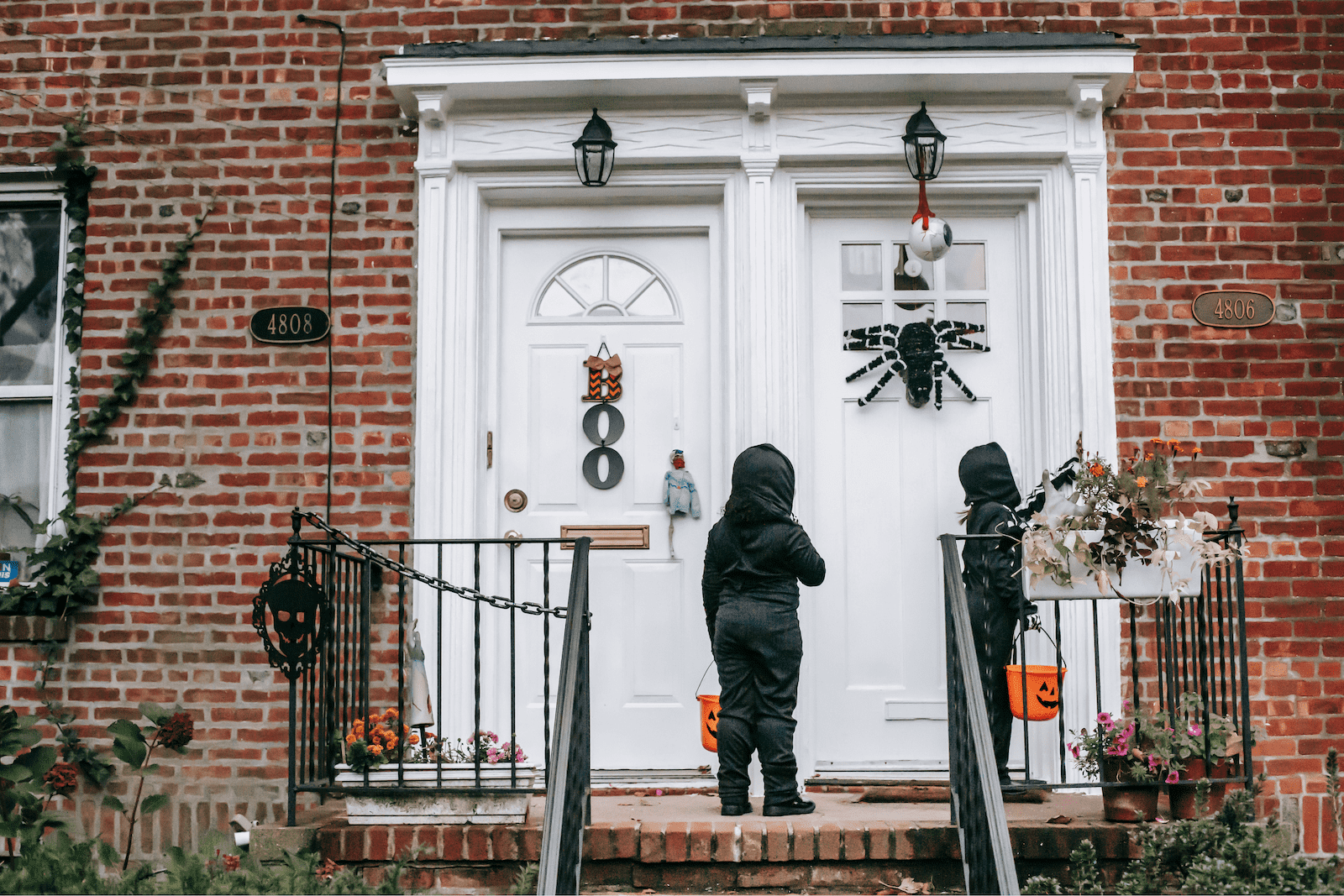
Set a Curfew and Meeting Spot
Halloween can stretch late into the evening, but it’s smart to set a clear ending time. Choose a meeting spot if you get separated—like a neighborhood park or a well-lit corner.
Safety Recap for Kids
Before heading out, review these 5 key rules with your children:
- Stay with your group.
- Cross the street at corners.
- Don’t go into anyone’s home.
- Wait until an adult checks your candy.
- Have fun, but stay aware of your surroundings.
Conclusion: A Fun and Safe Halloween is the Best Kind
Halloween should be about laughter, fun costumes, and buckets of candy—not emergency room visits or scary incidents. By planning ahead, using this trick-or-treating safety guide for kids, and staying aware throughout the night, you can ensure your child enjoys all the fun Halloween has to offer while staying safe.
Whether you’re accompanying young children or trusting older kids to trick-or-treat with friends, these safety tips give you the peace of mind to enjoy the holiday right along with them.


